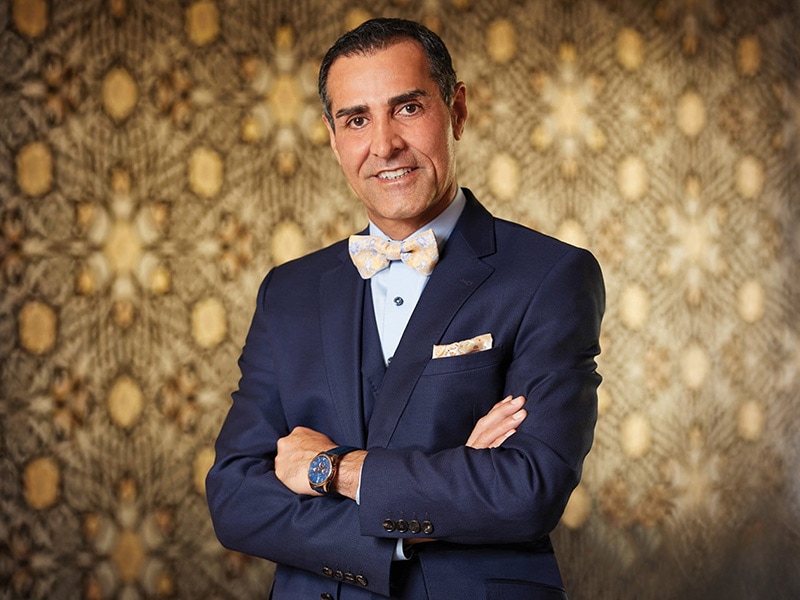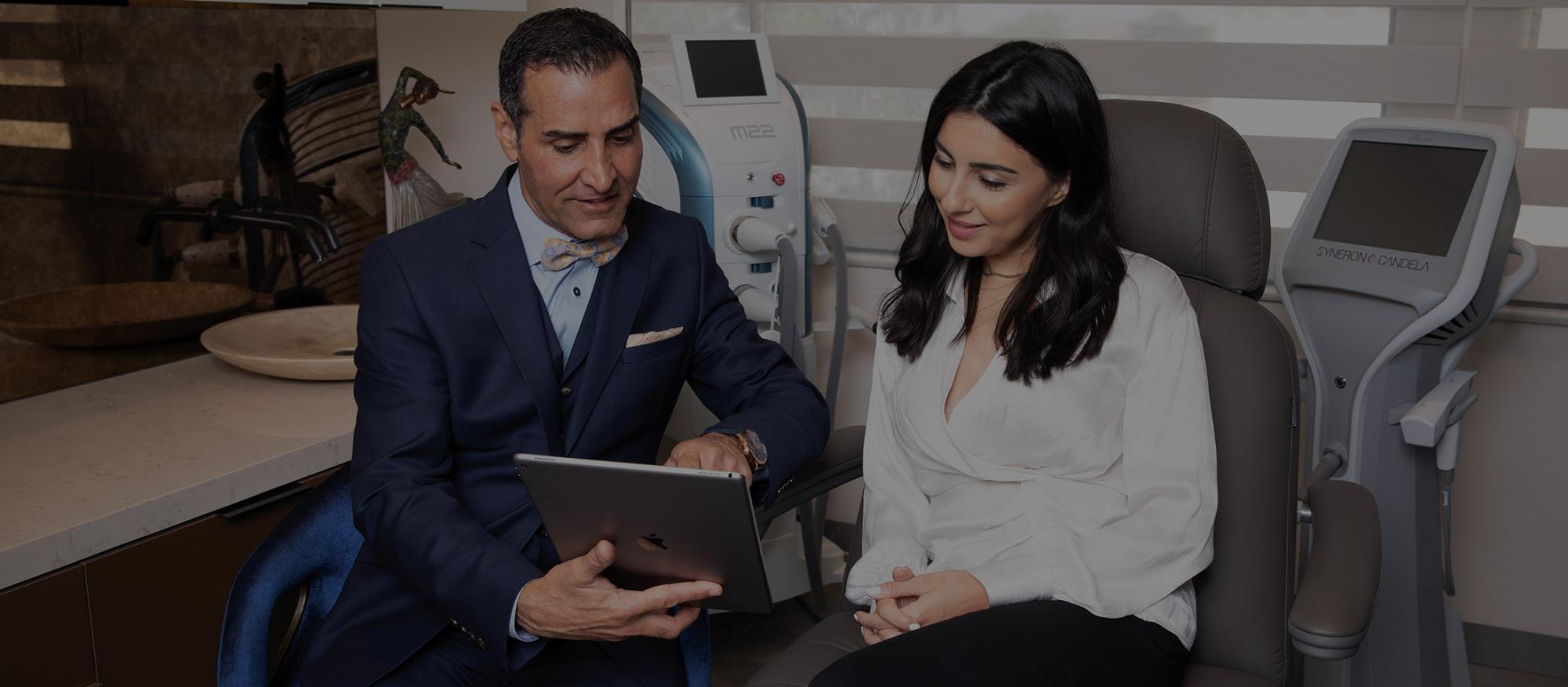


















When it comes to cosmetic procedures, not all treatments are created equal. In a recent video, I shared the top five procedures I personally avoid: thread lifts, ultherapy, permanent fillers, excessive facial fillers as a facelift substitute, and facelifts performed by non-board-certified surgeons. My goal is always to prioritize safety, preservation, and natural-looking results. The response to the video was incredible, and the comment section was filled with great questions. Today, I want to address some of those questions in more depth.
The lower face and neck are common areas of concern as we age. The most effective long-term solution remains a well-performed facelift and neck lift, as these procedures directly address skin laxity, jowling, and muscle laxity in a way that non-surgical treatments simply can't match. However, for those who aren't ready for surgery or want to maintain their results, energy-based treatments like Morpheus8 can be a great option when performed by an experienced provider.
That's the key — experience. Too often, patients go to providers who don't fully understand how to use these devices, leading to suboptimal results or even complications. The right technique can make all the difference in achieving a natural, youthful outcome.
As a facial plastic surgeon, I've observed that Ultherapy often causes deep tissue scarring and fibrosis, complicating surgical planes during facelifts. It fails to deliver the skin tightening results it promises, leaving patients disappointed. The damage to deeper layers not only limits surgical precision but also compromises outcomes, making it a poor choice for meaningful facial and neck rejuvenation. I wouldn't say I completely avoid other treatments, but I do stress the importance of choosing a provider who understands how to use these treatments properly. I offer Morpheus8 in my own practice because, when used correctly, it can deliver fantastic results without the unwanted side effects of fat loss. However, if used improperly — such as applying too much energy or treating areas where volume loss isn't ideal — these treatments can do more harm than good.
This is why expertise matters. When considering microneedling with radiofrequency, ensure your provider knows how to customize the treatment to your specific anatomy and concerns.
This is an interesting debate in the aesthetic community. Some doctors believe that the collagen Sculptra stimulates could make facelift surgery more challenging down the line. In my personal experience, I have found this to be an issue when it was injected by an inexperienced injector. However, I haven't found issues when it was injected in the proper location by an expert injector. It's critical to go to an experienced injector who understands how to properly place Sculptra to achieve natural, balanced results. Overuse or incorrect placement can create complications, regardless of the product being used.
Absolutely. Unlike hyaluronic acid fillers, which can be dissolved if needed, permanent fillers — such as Silicon or ArteFill — harden over time, sometimes becoming almost bone-like in consistency. This makes removal extremely difficult and, in some cases, nearly impossible without surgery.
The issue isn't just permanence; it's unpredictability. Over time, these fillers can shift, migrate, or create irregularities, leaving patients with long-term complications that are far more difficult to correct than temporary filler issues. This is why you'll mostly find permanent fillers being used in less reputable clinics that offer cheap, quick results without thinking about the long-term consequences.
If you love fillers (and plenty of patients do), stick with reversible options. It's just a smarter, safer approach.
As a facial plastic surgeon specializing in facelift surgery, I frequently see patients who have undergone Kybella injections and later seek surgical correction. Unfortunately, Kybella can cause significant inflammation, fat necrosis, and deep tissue scarring, which disrupt normal anatomy and make face and neck lift surgery considerably more challenging. The fibrosis it creates limits the ability to elevate and reposition tissues cleanly, increasing surgical difficulty and reducing the precision of the lift. As a result, outcomes may be less predictable, and healing is often prolonged. In many cases, the results are suboptimal due to the compromised tissue quality and altered surgical planes.
The world of aesthetic treatments is constantly evolving, and while there are plenty of amazing procedures and technology available, not every treatment is right for every patient. Understanding the risks, benefits, and limitations of each option is essential.
At the end of the day, my approach is always centered on patient safety and long-term, natural-looking results. Whether it's choosing the right non-surgical treatment or performing a facelift that stands the test of time, my goal is to provide guidance that empowers patients to make informed decisions.
Got more questions? Keep them coming! I love engaging with thoughtful discussions, and I'll continue sharing my insights to help you navigate the ever-expanding world of aesthetics.

359 San Miguel Dr, Suite 200, Newport Beach, CA 92660
Clients from around the globe travel to see Dr. Sadati for his surgical expertise. He and his surgical team provide the highest standard of patient care, from the initial consultation, to complete recovery and conclusion of your care. Our friendly staff is available to accommodate you in any way that we can.
What procedure are you interested in?
359 San Miguel Dr, Suite 200, Newport Beach, CA 92660
What procedure are you interested in?